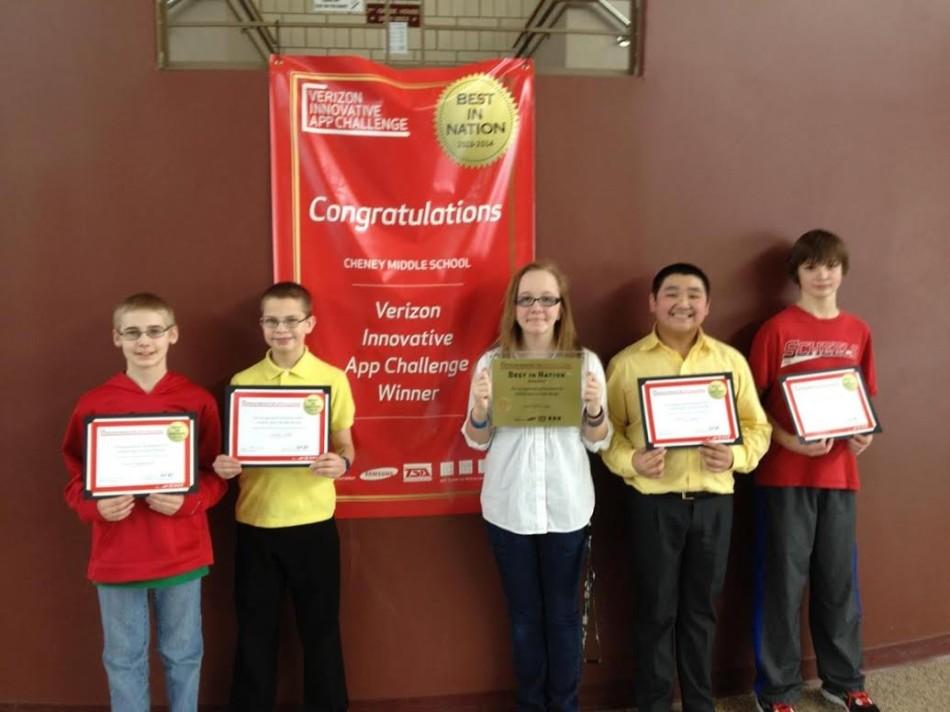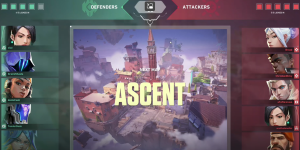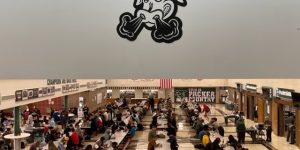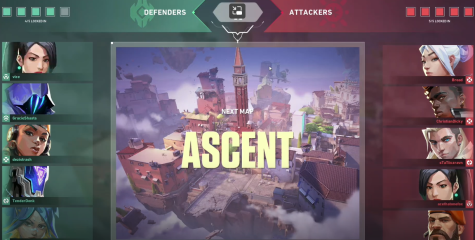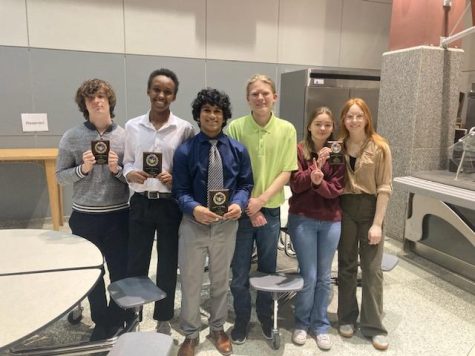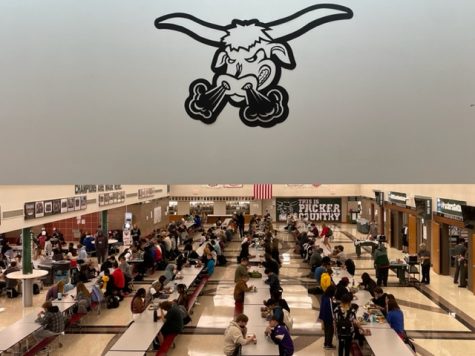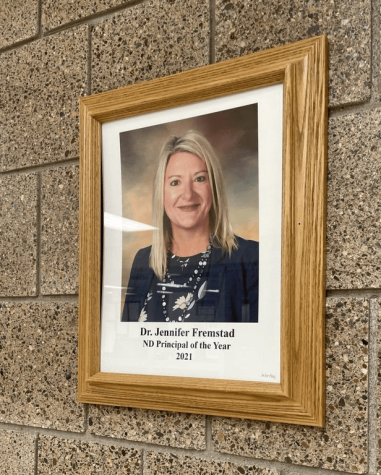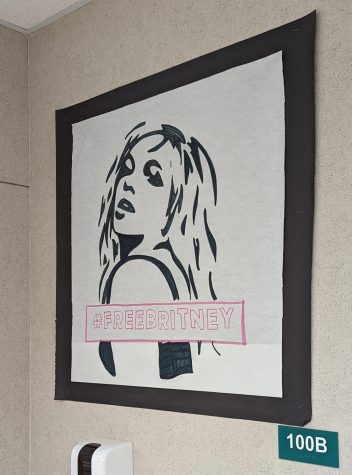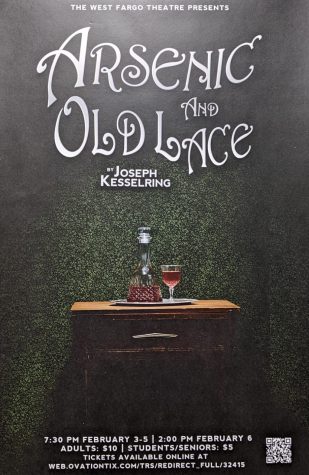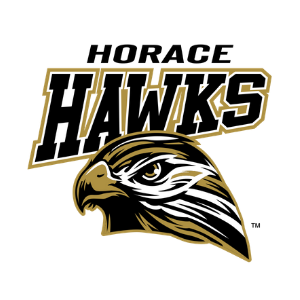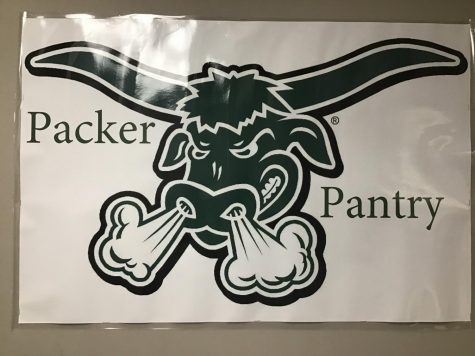Snap Docs bring STEM into the picture
Snap Docs members 7th grade STEM students Hunter Koehmstedt, Joram Stith, Sera Blake, Haison Nguyen and Zach Milbrandt pose with certificates and the banner for winning nationals in the Verizon App Challenge.
March 26, 2014
Seventh and eighth grade hopefuls from Cheney and Liberty Middle Schools stared at the projection of the Verizon app challenge live stream on Mar. 26th. Their ears immediately perked up when it was announced Cheney’s team, Snap Docs, had won best in the nation. The team, consisting of Joram Stith, Sera Blake, Haison Nguyen, Zach Milbrandt and Hunter Kloemedst, as well as everyone else in the room, was barely able to control their happiness.
“We started screaming and jumping up with all best in state teams and I got elbowed in the face by the guy that was sitting next to me but I was still laughing,” seventh grader Joram Stith said.
The Verizon App Challenge is a contest put out by Verizon and the Technology Student Association in which groups of students in middle school and high school design mobile app concepts, videos and essays, in hopes of being picked to make their app into an actual Google Play product.
Snap Docs is the one of four winning middle school teams in the nation, and the team members are all seventh grade STEM students at Cheney. The team came up with ‘Snap Docs,’ an app that takes a picture of a hard copy of a document and turns it into editable text for Google Documents. To help approve their app concept, Joram’s mother, Verizon App challenge adviser Toni Stith, connected the team with local app experts from Myriad Devices.
“The original idea was an app to help read bad handwriting, but we talked to people from Myriad Devices and they said that that’s impossible, so I figured [we could make] it read printed text,” Joram said.
Though Toni did not originally plan on becoming adviser for the 7th and 8th grade Verizon App Challenge teams, she volunteered when it looked like there was no other way for the students to participate. Joram plans to continue doing the Verizon App Challenge or similar projects to increase his programming, coding, video and computer abilities. Toni supports his pursuits completely, and believes Joram has a possible career path in computer science.
“He’s always been computer savvy,” Toni said. “This whole programming and coding, it comes naturally to him. He says he wants to be an engineer, [and] I can see him doing both computer science and engineering.”
Because Snap Docs is now one of eight winning teams in the nation, Verizon will send an expert from the Massachusetts Institute of Technology (MIT) to teach the students how to use MIT’s app inventing platform to code their app for Android for themselves March 19-21.
Joram said his favorite part of the project was doing most of the editing and filming for the video, but he is also especially looking forward to the coding. Joram’s sister, West Fargo High School STEM student sophomore Mayim Stith said that besides his interest in video, Joram also has a love for coding.
“Joram is always with his robot, [he’ll] just pop up from under the basement [and] we’ll go down and the robot is throwing balls or picking up Legos off the floor,” Mayim said. “I think it works so well for him because it’s just a hobby, it’s not like ‘oh you have to go code your robot,’ it’s something he looks forward to doing.”
Joram had been involved with the Verizon App Challenge a year before and some of his other teammates had experienced the process before with their first winning app, ‘RECYCLING BIN.’ This year, in addition to the team’s national success, they won a $20,000 grant for the STEM program.
“[I] think that the STEM program is a great thing and that should be endorsed as well as it can and in as many places as it can,” Joram said. “This was a really nice way [to] put STEM out there and make it more popular.”
Mayim is proud of her brother and his fellow STEM students for making STEM and STEM-related activities work in their schedules, though it has been harder after the STEM Center transferred to Cheney and the high school.
“There have been a lot of struggles with STEM transitioning, [so] it’s really nice to see students kind of take the ball back into their court,” Mayim said. “It’s good to see that the STEM program is living on through the students instead of the school [because] that means that we have the power to keep the STEM program alive.”




